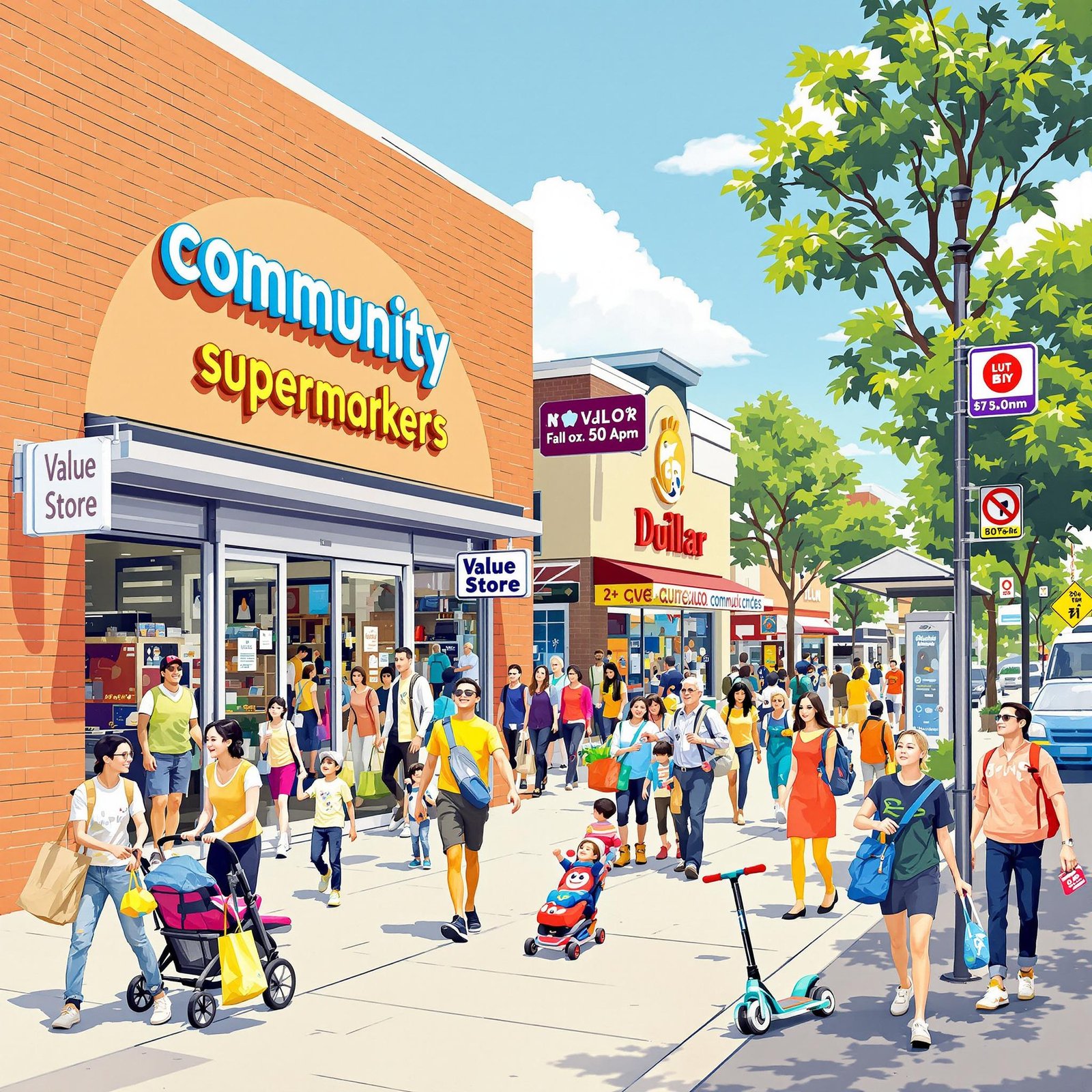Congratulations! You’ve nailed the location, locked in suppliers, curated a winning product mix, and designed a store that’s irresistible to shoppers. Now, it’s time to dive into the magic of pricing the invisible hand that turns casual browsers into loyal customers and maximizes every dollar’s profit potential.
Big retailers like Walmart, Target, and Amazon have mastered pricing psychology to drive sales, and guess what? You can use these same strategies in your dollar store—with a twist. Let’s unpack the secret playbook of pricing tricks that’ll make your store a profit powerhouse.
- The Charm of “Less Than a Dollar”
Big retailers love prices ending in 0.99. While your core items are priced at $1, use signage and displays to emphasize under $1 or 99¢ value for multi-pack items or smaller products. For example:
- Luxe Greeting Cards for Just $1! (33¢ each!)
- Stock Up: 10-pack Snacks for $1 (10¢ per piece!)
Why it works: The brain perceives “99¢” as significantly cheaper than $1, even though the difference is minimal. It’s a classic anchoring trick that makes shoppers feel like they’re beating the system.
- The “Why Buy One?” Bundle Strategy
Turn single item buyers into bulk buyers with strategic bundling. Pair complementary products or create themed sets that feel like a steal:
- Kitchen Essentials Bundle: 1 sponge + 2 dishcloths + 1 scrubber = $1 (vs. $0.50 each separately).
- Back-to-School Pack: 2 pencils + 1 notebook + 1 eraser = $1.
Big Retailer Inspiration: Think Costco’s bulk packs or Amazon’s “Frequently Bought Together” section. Bundling increases average transaction value while clearing slower-moving inventory.
III. The Magic of Tiered Pricing
Not everything in your store has to be $1. Introduce a “Premium Picks” section with items priced at $2 or $5 (e.g., larger tools, seasonal decor, or multi-packs). This does two things:
- Makes your $1 items feel like a bargain.
- Attracts customers willing to spend slightly more for perceived quality.
Pro Tip: Use shelf tags like “Upgrade Your Value!” to nudge shoppers toward higher tiers.
IV. The “Decoy Effect” to Boost Sales
Place a higher-priced item next to a $1 product to make the latter seem irresistible. For example:
- A basic $1 flashlight next to a $2 flashlight with extra features.
- A single $1 scented candle beside a 3-pack for $2.
Why it works: Shoppers instinctively compare options, and the $1 item becomes the “safe, smart choice.”
V. Loss Leaders: The Traffic Magnets
Big box retailers often sell milk or eggs at a loss to draw crowds. Your dollar store can do the same! Offer “Traffic Driver” items at break-even prices (or even a slight loss):
- 24-pack crayons for $1 (while displaying pricier art supplies nearby).
- $1 umbrellas during rainy season (placed next to $1 rain boots and ponchos).
The Goal:Get shoppers in the door, then let your high-margin items (like seasonal decor or impulse buys) do the profit heavy lifting.
VI. The “Visual Discount” Illusion
Use strikethrough pricing to create urgency:
- Was $2.50, NOW $1! (even if the original price was never charged).
- Highlight “Limited Time” or “Seasonal Special” tags.
Psychology Hack: Scarcity and perceived discounts trigger FOMO (Fear of Missing Out), speeding up purchase decisions.
VII. Eye-Level x Buy-Level
Place your highest-margin items at eye level and near checkout. For instance:
- Batteries, lip balms, or phone chargers by the register.
- Snacks and toys on middle shelves where kids (and parents) can’t miss them.
Retailer Secret: Amazon uses this with “Sponsored” products you’re doing it IRL!
VIII. The Power of Odd Numbers
Studies show odd-numbered pricing (3 for $1, 5 for $2) feels like a better deal than even numbers. Test signs like:
- Grab 5 Party Favors for $2!
- Mix & Match: 3 Cleaning Supplies for $1!
Bonus: Odd numbers make shoppers pause, engage, and often buy more than planned.
VIII. Final Thought: Track, Tweak, Repeat
Pricing isn’t “set it and forget it.” Use sales data to:
- Double down on high-margin winners.
- Discount or bundle slow sellers.
- Seasonally adjust ( hike prices slightly on beach toys in summer, lower them post-season).
Pricing is where psychology meets strategy and your dollar store’s success hinges on mastering both. By borrowing these big-retailer tactics and adapting them to your unique model, you’ll keep registers ringing and margins growing. Got questions or tips of your own? Drop a comment below—we’d love to hear from you!



